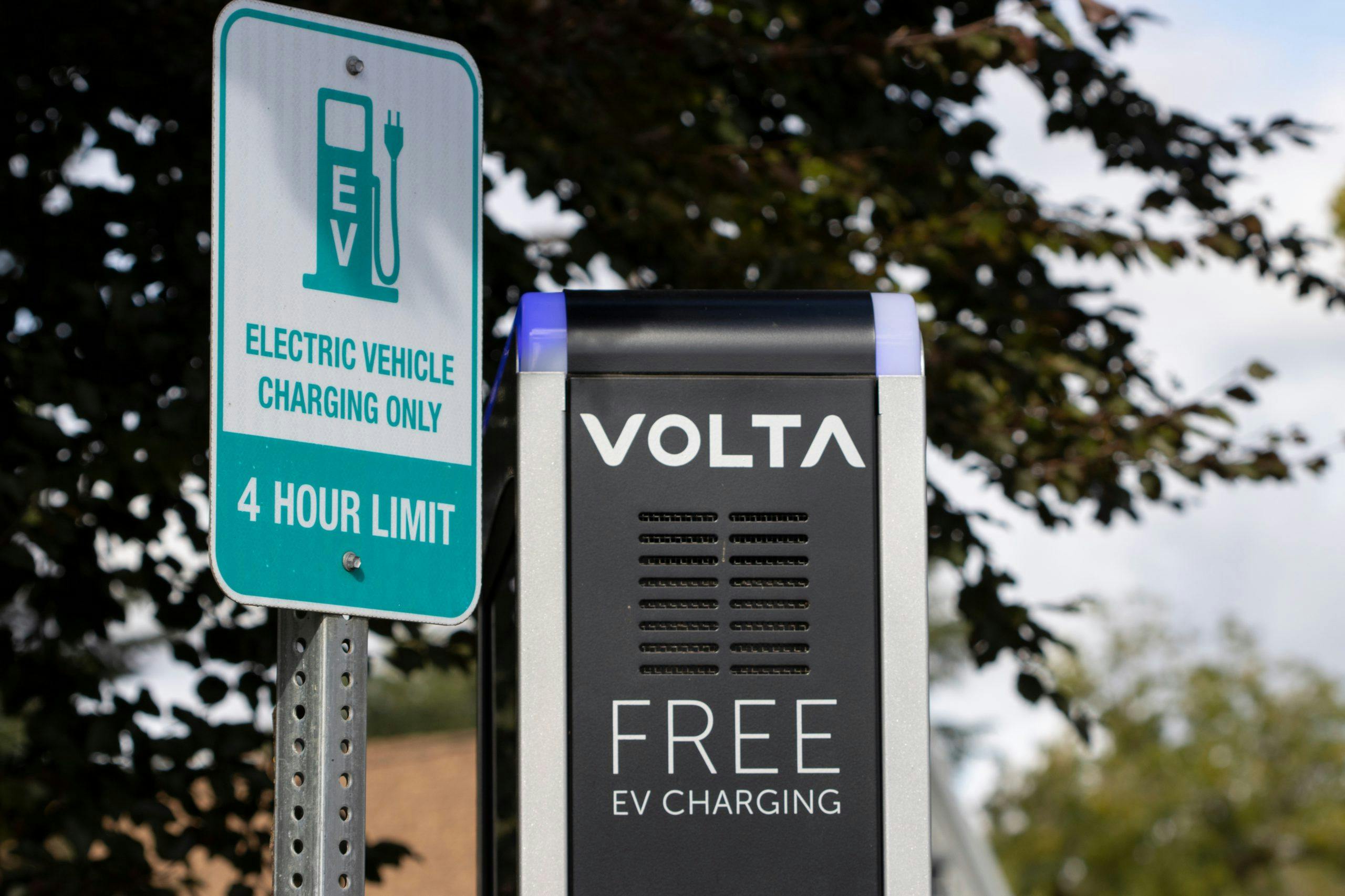Volta Charging announced it is expanding its network of charging stations via its Charging for All program. This is its commitment to offering affordable, reliable, and equitable charging across the United States while retaining its open-access business program.
Volta is expanding its PredictEV planning platform to build chargers in expand the infrastructure into disadvantaged communities. It uses planning tools that are also utilized by states, cities, and utilities to guide infrastructure decision-making. The PredictEV platform also takes into account mobility, socioeconomic, demographics, and other factors to enable the quick and efficient analysis and reporting needed for public funding applications.
Volta has partnered with cities, states, and electric utility companies to integrate equity and environmental justice matters into its charging infrastructure plans. In communities where home charging isn’t as accessible, the company is using its charging+media model to subsidize network creation via an alternate revenue stream and respond to battery-electric vehicle adoption in growing markets. This creates access to charging networks in areas that would otherwise not have any.
Volta Charging expands affordable, open-access network charging
In Michigan, Volta is working with the Office of Future Mobility (OFME) and DTE, the state’s largest electricity provider to provide charging stations for historically disadvantaged communities. It’s using market and education dollars to advertise BEV incentives to communities that would most benefit from the technology.
Trevor Pawl, Chief Mobility Officer with the OFME in Michigan noted that mobility ecosystems are most effective when they provide real value to everyone and backed the program Volta is conducting alongside DTE to improve charging access across the state.
In California, Volta continues to work with Southern California Edison (SCE) to support siting, deployment, and funding of equitable charging at a large scale. Grant Takahashi, a former senior advisor in SCE’s eMobility group, said they wanted to educate drivers about the benefits of battery electric vehicles in the areas they live in while providing an equitable infrastructure within the company’s service area.
Finally, in Alabama, Volta is working with the Clean Fuels Coalition to ensure its statewide BEV infrastructure plan is equitable, ensuring low-income and rural areas are also able to benefit from the charging network and make BEVs more viable. Birmingham will be one of the first cities where Volta will help create the charging infrastructure with the focus being on giving everyone access.
The Charging for All initiative conforms to the Infrastructure Investment and Jobs Act (IIJA), which has brought significant levels of federal investments to ensure better access to BEV charging. This also conforms to the Justice40 Initiative within the IIJA, which aims to deliver 40% of climate and clean energy benefits to low-income and other disadvantaged communities via public investment. Through this, Volta aims to fill gaps in the charging network, which is mainly focused on areas that aren’t as affluent.
Volta currently has a network of 2,640 stations across the United States, many of which are located in major metropolitan areas. The regions with the most chargers include Southern California, Washington D.C., New York state, Houston, Dallas, Seattle, and the San Francisco Bay area. Most of these chargers are located in areas like shopping malls, supermarkets, and other places frequented by consumers. In addition to level 2 AC chargers that can output up to 10 kW, Volta also offers level 3 DC chargers with the CCS connector but didn’t disclose how much energy it can put out.

